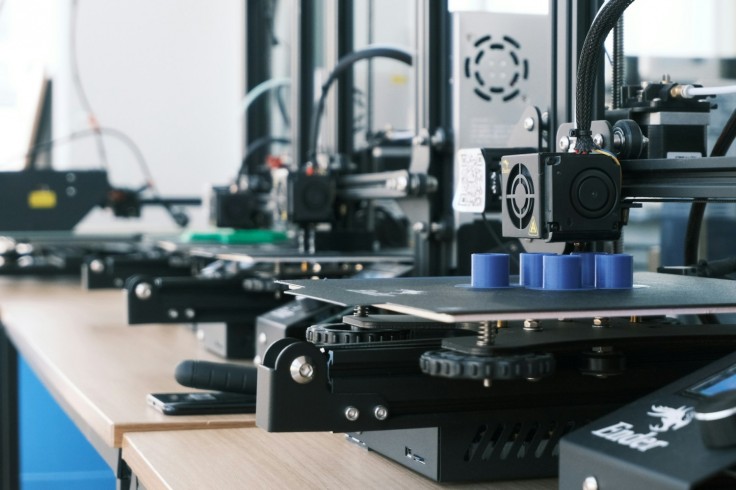3D printing technology is gradually gaining popularity due to its huge potential to help various industries. From healthcare to aerospace, the impact of its capability can revolutionize the way people create and consume products.

On the other hand, 3D printing is not a simple manufacturing process but rather a key to a bigger innovation that can push the boundaries of what people can create.
This new era of manufacturing will allow companies to reshape industries, elevating their processes from traditional manufacturing methods and embracing a more creative yet sustainable way of creating products.
Here are some ways in which 3D printing, or additive manufacturing, has been revolutionizing various industries:
Healthcare
3D printing allows the healthcare industry to create customized prosthetics. This often includes the creation of custom-fit of hands, arms, and legs. Customization and accurate fitting are needed for prosthetics as it improves comfort and functionality for the patients, leading to an enhanced quality of life.
In addition, some surgeons are implementing the use of 3D-printed models wherein students and professionals can plan and practice complex surgical procedures. Such models allow surgeons to have a better understanding of the patient's anatomy and to have a simulation before the surgery proper.
Aerospace
Aerospace companies often turn to 3D printing to rapidly create prototypes and repetitive designs. Engineers can quickly produce and test their prototypes by simply relying on the 3D printer instead of doing the prototype by hand.
Moreover, aerospace development is an expensive venture. Hence, companies are looking for ways to reduce the cost without sacrificing the process. Through 3D printing, on-demand production of aerospace components is minimized and there is no need to have large inventories for spare parts.
Consumer Goods
Consumer goods is the most affected industry by 3D printing. This means that personalized merchandise is much easier to make like custom-designed jewelry, bespoke footwear, and more.
In addition, manufacturers also benefit from investing in 3D printing since they can produce small batches or even on-demand instead of producing big batches that often go to waste. Companies can also opt for eco-friendly materials like biodegradable plastics and recycled parts to minimize waste.
Architecture
Architecture requires complex geometries and organic forms to be made. The traditional construction methods often limit the architectural design due to its construction techniques. Using 3D printing, architects can create their visions regardless of their complex geometry.
Moreover, architects and construction firms often work on making prototypes for their clients. 3D printing helps these companies produce physical models of their designs and architects can easily test their ideas without wasting time and materials.
Education
3D printing has emerged as a powerful tool to boost learning in the 21st century. For instance, it allows students to get hands-on learning which helps them develop creativity and problem-solving skills.
In addition, some students are innate visual learners, and using three-dimensional models to explain concepts helps them digest the lessons faster. On the other hand, the science, technology, engineering, and mathematics industry value 3D printing for prototyping complex scientific concepts.









